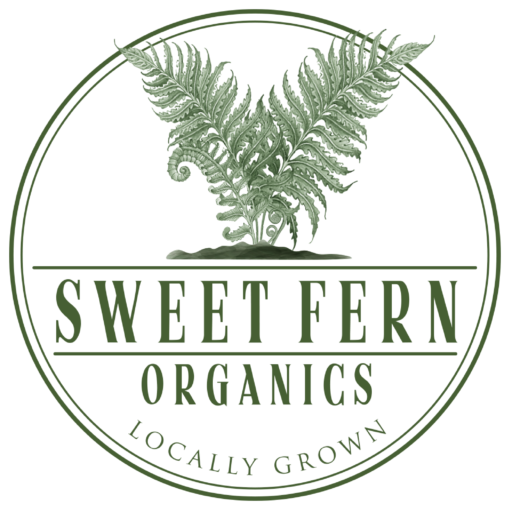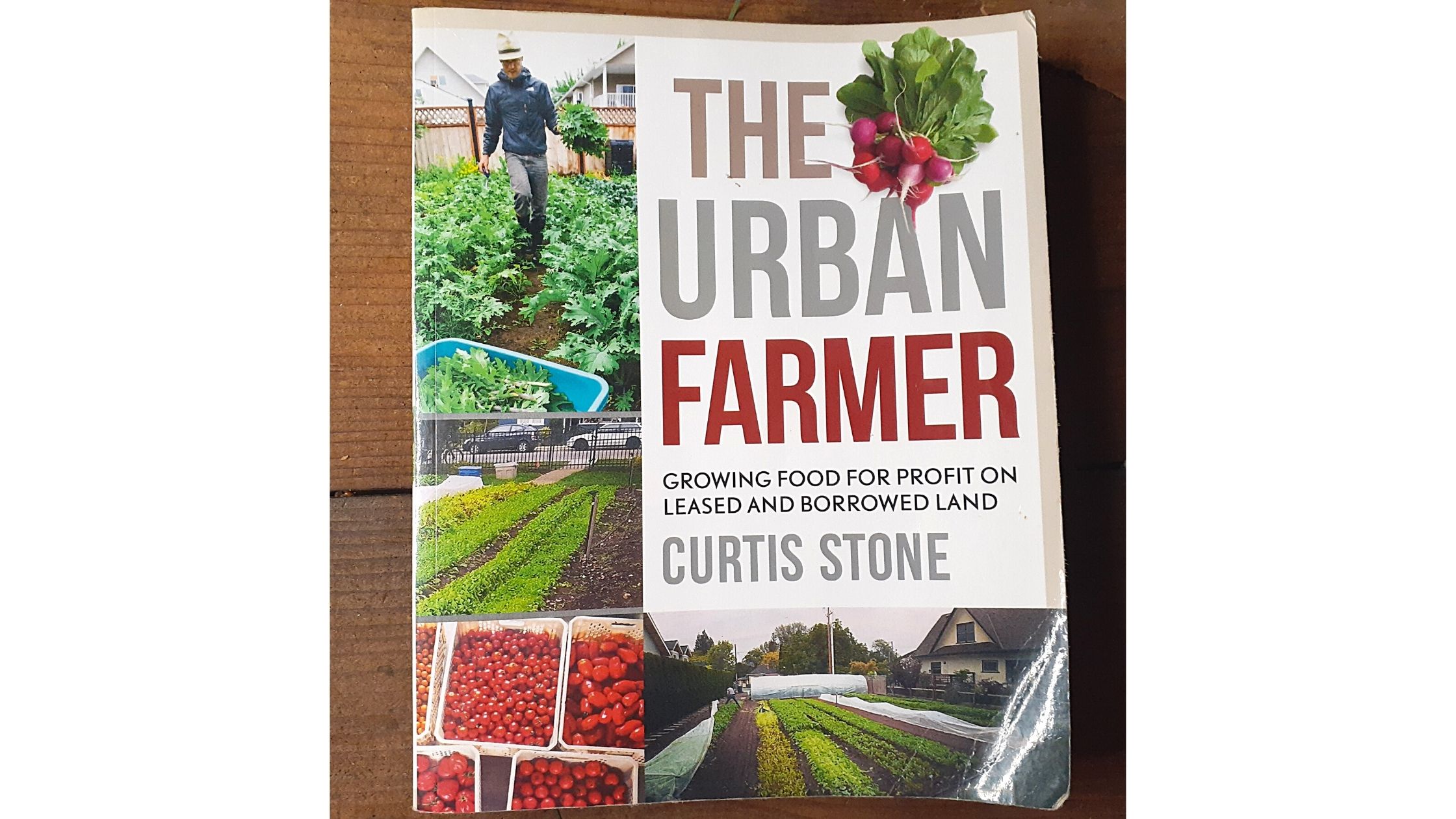About The Urban Farmer
There are 43 million lawns in North America. In their current form, these unproductive expanses of grass represent a significant financial and environmental cost – but they can also be seen as a tremendous source of opportunity.
Access to land is a major barrier for many people who want to enter the agriculture sector, and urban and suburban yards have a huge potential for would-be farmers wanting to become part of this growing movement.
With only a small capital investment, and without the need to own land, you can become part of this growing movement.
The Urban Farmer will help you learn the crops, techniques, and business strategies you need to make a good living growing food intensively right in your own backyard.
Growing food in the city means that fresh crops may travel only a few blocks from field to table, making this innovative approach the net logical step in the local food movement.
Based on a scalable, easily reproduced business model, The Urban Farmer is your complete guide to minimizing risk and maximizing profit by using intensive production and making a good living growing high-yield, high-value crops right in your own backyard (or someone else’s).
What I Loved About The Urban Farmer
What I love about The Urban Farmer is that Curtis Stone really starts from the beginning. So if all you have is a yard or a yard you can borrow, you can follow this book and have a fully operational market garden.
Even if you have no experience at all, Curtis goes into so much detail about how to find land, turning the land into a farm plot, infrastructure, planning, planting, harvesting, processing, and selling your produce that just by following his advice alone, you will have an operational market farm your first year.
Curtis focuses on crops specifically for the urban grower. He goes into great detail about the crops he grows that are the most lucrative and realistic for an urban farmer on a small plot of land.
Curtis does not shy away when talking about money. He clearly lists how much equipment and tools, etc. cost, as well as how much he plans to make from each crop dependant on how much he grows.
His section on microgreens is amazing as well. He goes into a lot of detail about starting and growing microgreens indoors and outdoors.
I constantly refer to The Urban Farmer for our own market garden issues, as well for expert advice on countless articles on this very website.
What I Didn’t Love About The Urban Farmer
Let me start this off by saying that I love the valuable information in this book. I have no problems with that.
What I did not like, and this is a pet peeve of mine, is that when I laid the book open to read and take notes, it did not stay on the page I was looking at unless I held it open with an object, like my phone.
In my opinion (and it may be an unpopular one), reference and how-to books should be designed to stay open when you are reading them because a lot of the time there are instructions to follow (or notes to take) and you are busy with both your hands following the instructions (or taking notes), not being able to hold open the book.
This may just be me nitpicking but it is an annoyance to constantly lose your page!
Albeit, it’s a small price to pay for an awesome, informative book.
Recommendations
I highly recommend The Urban Farmer to anyone who is even considering starting a market farm, even a rural market farm.
It has great ideas on profitable crops to grow, how to sell your produce, and how to maximize your profit.
I definitely recommend it for beginners as it goes through the urban farming process from start to finish, but seasoned market farmers might just pick up some hidden gems as well.
The Urban Farmer is more for people looking to start a market farming business, maybe not so much for a backyard gardener growing veggies for their family only.
About Curtis Stone
Curtis Stone is a farmer, author, speaker, and consultant. His area of expertise is in quick growing, high-value annual vegetables for direct consumer market streams.
His book, The Urban Farmer demonstrates organic intensive techniques with a focus on business and systems to streamline labor and production. He offers a new way to think about farming. One where the quality of life and profitability coexist.
Curtis’ farm, Green City Acres is located in Kelowna, BC, Canada, and was established in 2010. In an eight-month growing season, the farm generates over $75,000 per year on only one-third of an acre.
This is done by specializing in a select group of high value, quick growing crops that allow for multiple plantings in the same beds as well as calculated intercropping strategies.
The farm has been recognized internationally, as a flagship example of how profitable and productive urban agriculture can be.
*Disclosure: I only recommend products I would use myself and all opinions expressed here are our own. This post may contain affiliate links that at no additional cost to you, I may earn a small commission. Read full privacy policy here.

